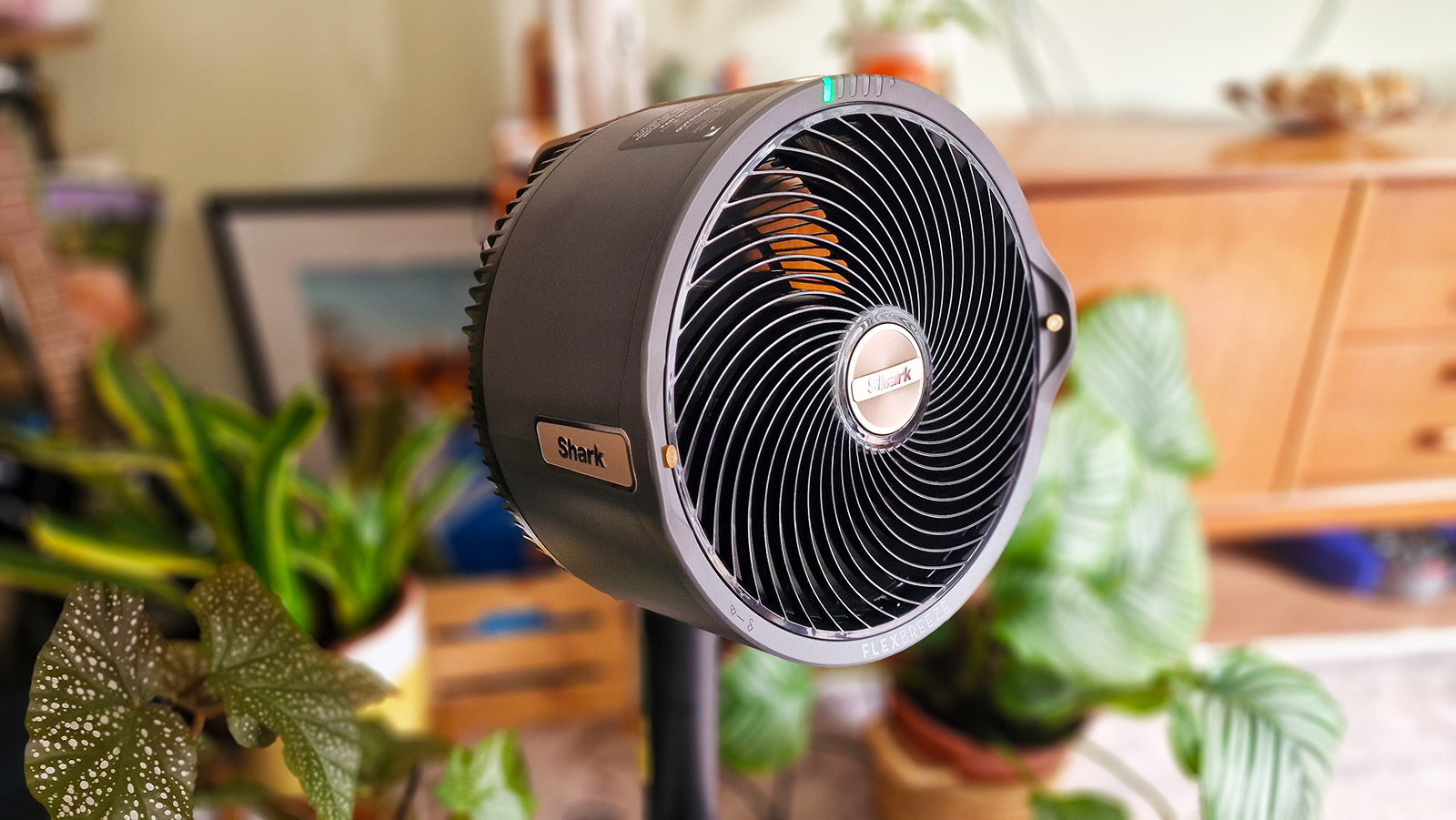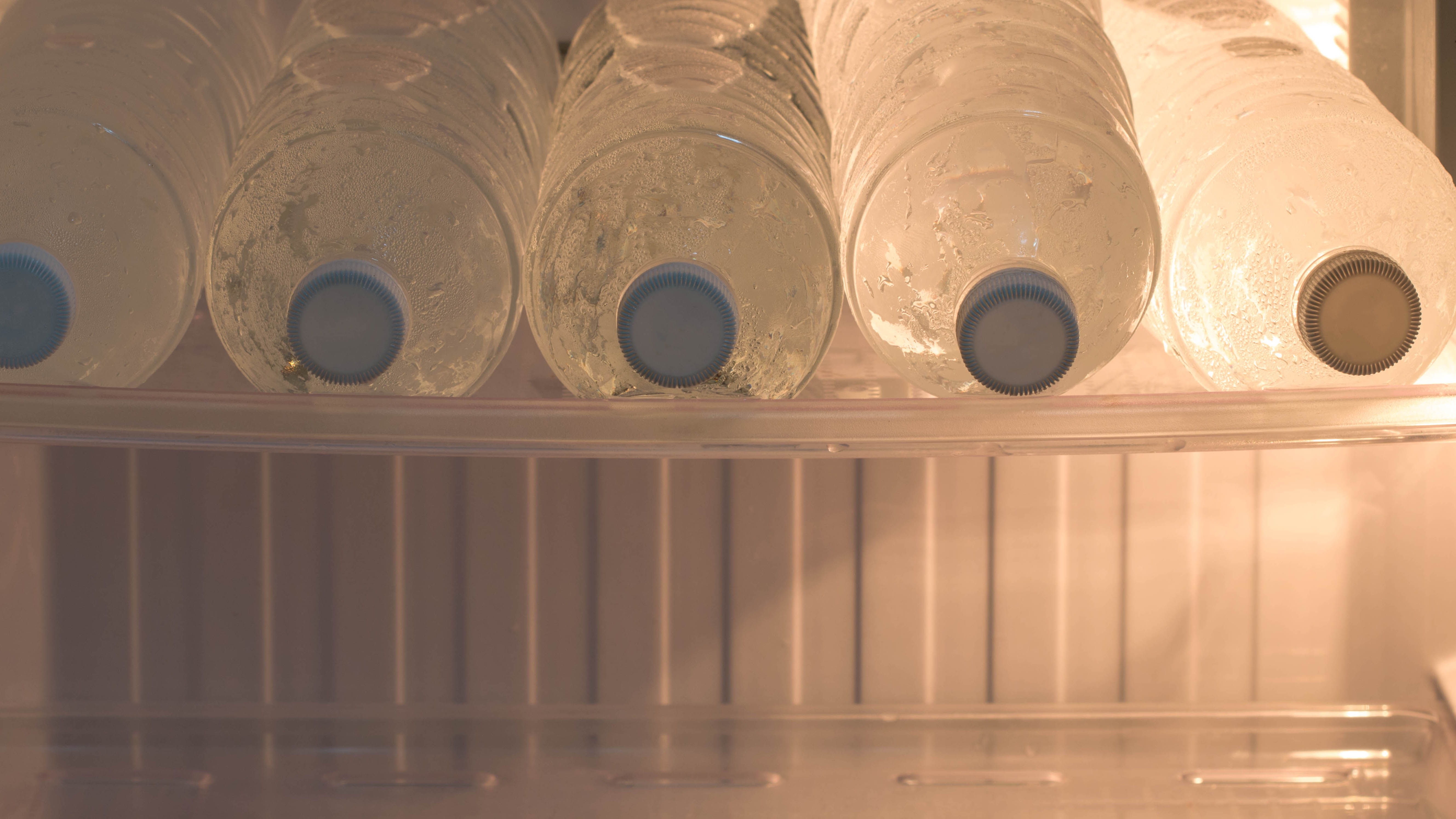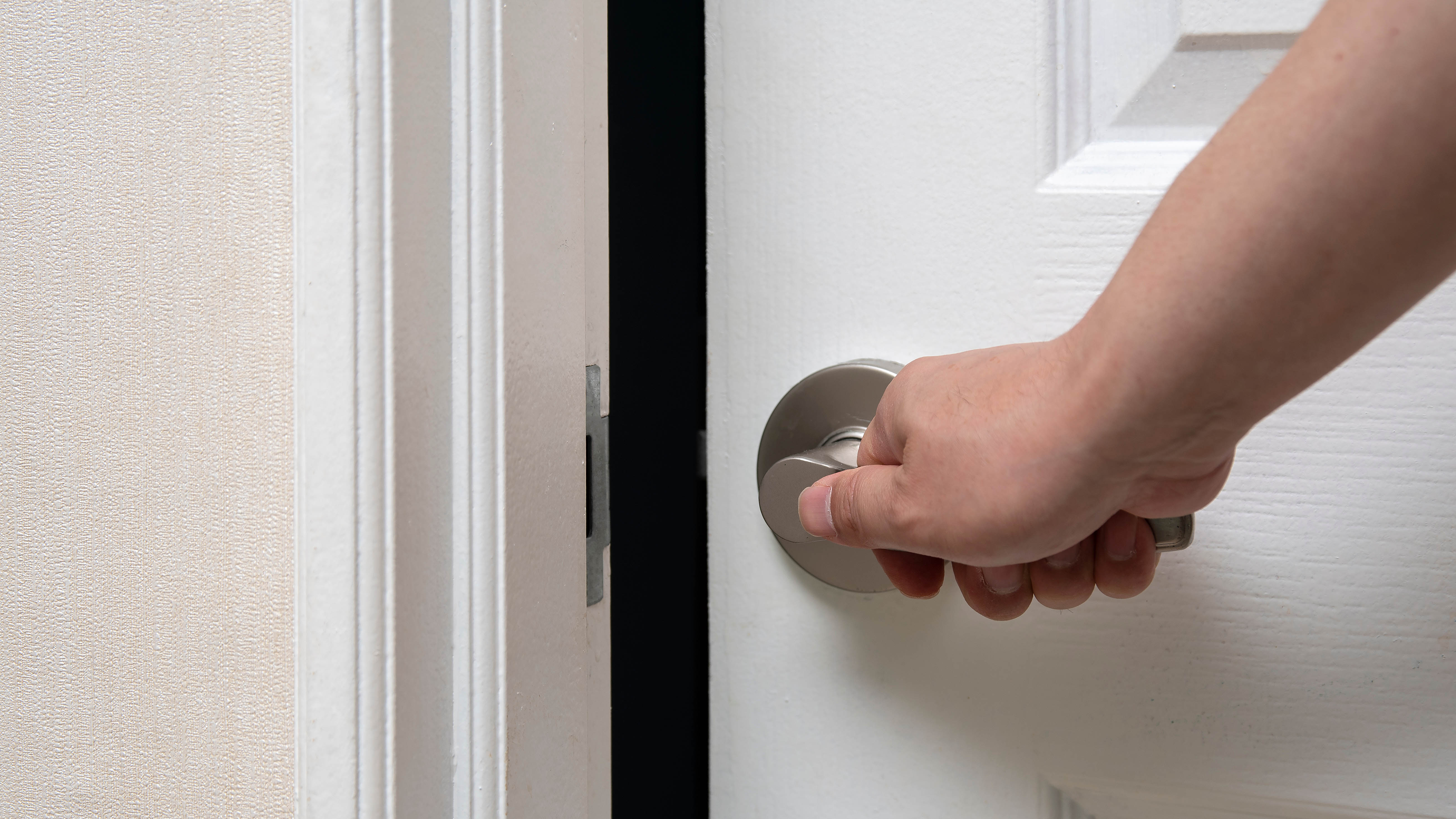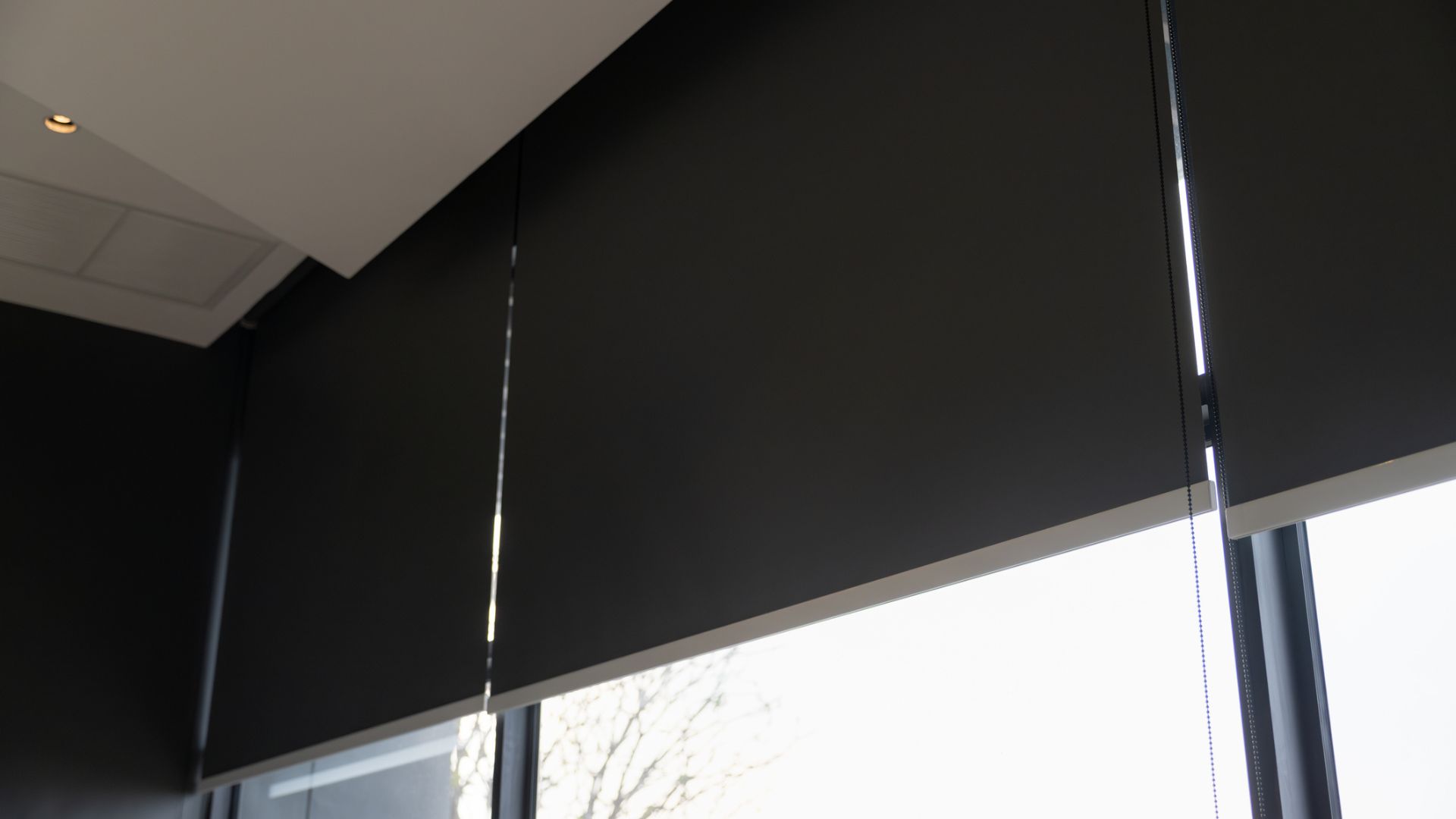This DIY air cooler cost me nothing — and it actually worked in a heatwave
Heat driving you crazy? Try this homemade air cooler

When temperatures soar and your home becomes unbearably hot, desperation drives innovation. After sweltering through another brutal heatwave day, I decided to test a simple DIY air cooling hack that's been circulating online.
Using nothing more than a frozen water bottle, a damp cloth, and a fan, I created a makeshift air conditioner that actually works. The setup takes five minutes, costs practically nothing, and genuinely drops the temperature in smaller living spaces.
I was skeptical at first, but after four hours of testing in my bedroom during peak heat, I can confirm this simple hack made a noticeable difference in both temperature and comfort.
How does it work?
The science is straightforward: as frozen water melts and evaporates, it absorbs heat from the surrounding air, while the fan circulates this cooled air throughout the room. The damp cloth creates additional evaporative cooling as water evaporates from its surface.
The positioning matters too — placing the setup directly in front of the fan ensures maximum air circulation across the cold surfaces. This creates a localized cooling zone that can drop the temperature by several degrees, making small spaces noticeably more comfortable.
1. Gather your materials and freeze the bottle

You'll need a large plastic bottle, water, a shallow tray, a damp cloth, and a fan. The larger the bottle, the longer your cooler will last — think 2-liter soda bottles or milk jugs rather than small water bottles.
Fill your chosen bottle with water to about 75% capacity, leaving room for expansion as it freezes. This is crucial because overfilled bottles can crack or become impossible to stand upright once frozen.
Freeze the bottle for 12-24 hours until completely solid. If you have freezer space, consider preparing multiple bottles so you can swap them out for continuous cooling throughout the day.
2. Set up your cooling system

Place your frozen bottle in a shallow tray to catch melting water and condensation. Then soak a cloth or towel in cold water, wring out the excess, and drape it over the bottle.
The damp cloth enhances the cooling effect through evaporation and helps distribute the cold air more evenly around the bottle.
Position this entire setup directly in front of your fan, getting it as close as possible without blocking the airflow. Turn your fan to a higher setting for better air circulation and cooling distribution.
This dual-function air purifier and fan pulls in dust and pollutants to purify your air while helping to keep your space cool. It’s a powerful unit packed with smart features like reverse airflow, night mode, jet mode, and a deep-clean cycle. You’ll also get real-time air quality updates, all with quiet performance.
3. Optimize placement and environment

For maximum effectiveness, close windows and doors to contain the cooled air in your target space. This works best in smaller rooms like bedrooms or home offices rather than large open areas.
Position yourself within a few feet of the setup to get the full cooling benefit, as the effect is quite localized. If possible, elevate the bottle slightly to get better exposure to the fan's airflow.
I found it particularly effective to run the cooler in my bedroom for a few hours before bed. Starting it around 8 PM helped drop the room temperature enough that I could actually sleep comfortably, even after the ice had melted and the fan was turned off.
4. What to expect and how long it lasts

The cooling effect becomes noticeable within the first hour, with peak performance around the two-hour mark.
You'll feel cooler air directly in front of the setup, and smaller rooms will develop a refreshing breeze that makes the space noticeably more comfortable. Remove the cloth from the bottle every few hours and refresh it with cold water, as it will dry out.
Most setups provide effective cooling for 3-4 hours, depending on room temperature and bottle size. The ice will gradually melt, and the cooling effect weakens as less frozen water remains.
5. Additional tips for staying cool during heatwaves

Beyond your DIY air cooler, there are several other strategies to help beat the heat. Stay hydrated by drinking cold water throughout the day, and consider placing a damp, cool towel on your neck or wrists to help lower your body temperature quickly.
Close curtains and blinds during the day to block out sunlight, then open windows at night when temperatures drop to let cooler air circulate through your home.
Wear lightweight, loose-fitting clothing in light colors, and take cool showers or baths to lower your core body temperature. If you have a basement or lower floor, spend time there during the hottest parts of the day since heat rises and these areas stay naturally cooler.
Avoid using heat-generating appliances like ovens or dryers during peak heat hours, and consider sleeping with a frozen water bottle at your feet for extra nighttime cooling relief.
Now you've learned how to beat the heat by making a DIY air cooler, why not take a look at some of our other useful guides?
For some other great tips on surviving the heat, check out how to cool down your living room without AC — 7 simple layout changes and this NASA-approved plant hack cools your home for free — here's how.
Get instant access to breaking news, the hottest reviews, great deals and helpful tips.
And if the heatwave is making your yard suffer, don't miss these 5 tips for keeping your lawn green.

Kaycee is Tom's Guide's How-To Editor, known for tutorials that skip the fluff and get straight to what works. She writes across AI, homes, phones, and everything in between — because life doesn't stick to categories and neither should good advice. With years of experience in tech and content creation, she's built her reputation on turning complicated subjects into straightforward solutions. Kaycee is also an award-winning poet and co-editor at Fox and Star Books. Her debut collection is published by Bloodaxe, with a second book in the works.
You must confirm your public display name before commenting
Please logout and then login again, you will then be prompted to enter your display name.

